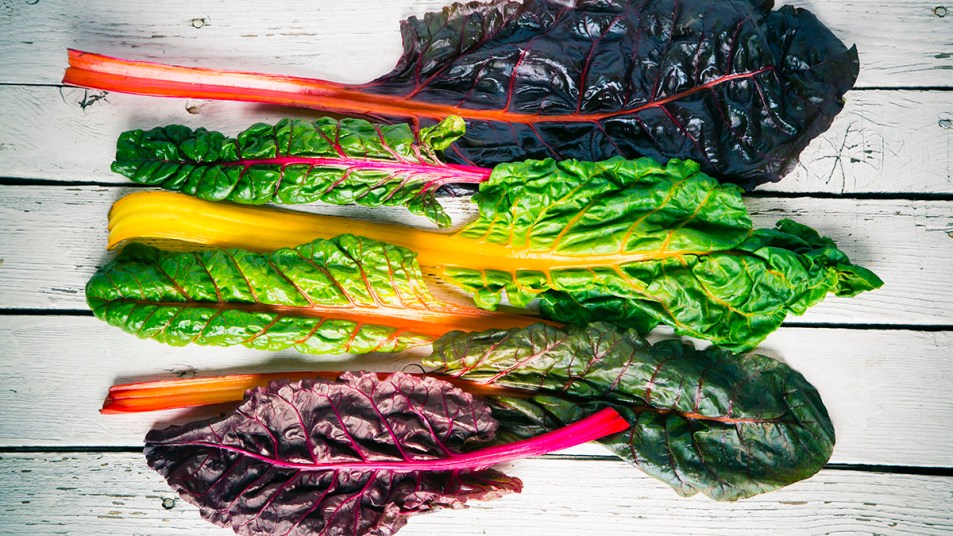Just a Small Amount of This Delicious Leafy Green Can Help to Reduce Inflammation

It’s no secret that vegetables are some of the best foods we can eat for a variety of health benefits. The only trick is finding the right one you need to treat your ailments. And if you’re struggling with inflammation, Swiss chard is one of the foods best apt to reduce it.
Inflammation is a natural process that happens when your body is fighting back against anything harmful. While it’s working, your white blood cells rush the area and try to heal it. It could be a reaction for pesky things like infections, injuries, or toxins. Unfortunately, some diseases also cause our body to believe there are infections and attack, even though there’s nothing there. That’s called chronic inflammation and often occurs due to auto-immune diseases.
As a cure, Swiss chard is essentially a nutritional power house. It got its most common name because a Swiss botanist first encountered it, but it’s also known as Roman kale. Regardless of what you call it, the large leafy green is chock full of vitamin A, K, and C, giving it plenty of health benefits. When it comes to inflammation, its vitamin A and K content is what makes it helpful.
Both of these key vitamins help reduce inflammation in different ways. Vitamin A bolsters our immune system, preventing inflammations It works on anywhere from our skin to our lungs, according to a 2002 study. In the meantime, vitamin K supports bone and blood health, keeping inflammation in check. A 2008 study found that high concentrations of vitamin K reduced inflammatory markers. These are typically use to diagnose and treat the harmful things that cause inflammation.
And just a bit of Swiss chard can really pack a punch. WebMD says one cup of chopped chard, which contains only 35 calories, provides more than 300 percent of the daily value for vitamin K. Yet they warn this is a vegetable to avoid if you’re prone to kidney stones. The leafy green contains oxalates, which reduces our body’s consumption of calcium, making it more prone to kidney stones.
How To Cook Swiss Chard
Luckily, Swiss chard is fairly versatile and easy to make. After thoroughly rinsing the leafs, you can either remove them from the stalk or leave them on. Then you can boil, steam, or roast it — just like most greens!
Once cooked, Swiss chard leaves resemble spinach, but the taste is milder. It tends to be slightly bitter as well. Meanwhile, the chard’s stalk resembles the texture of celery with a sweet tinge that tastes almost like beets. The veggie can also come in different colors, known as rainbow chard. Some colors have slight variations in texture and taste but are mostly interchangeable in recipes.
It can also add some real flavor to recipes you already love. This white lasagna with Swiss chard recipe has you briefly boil the chard before adding it as a layer in a deliciously creamy lasagna.
So if you’re looking for food to reduce inflammation, give Swiss chard a try. It could become your new favorite leafy green!












